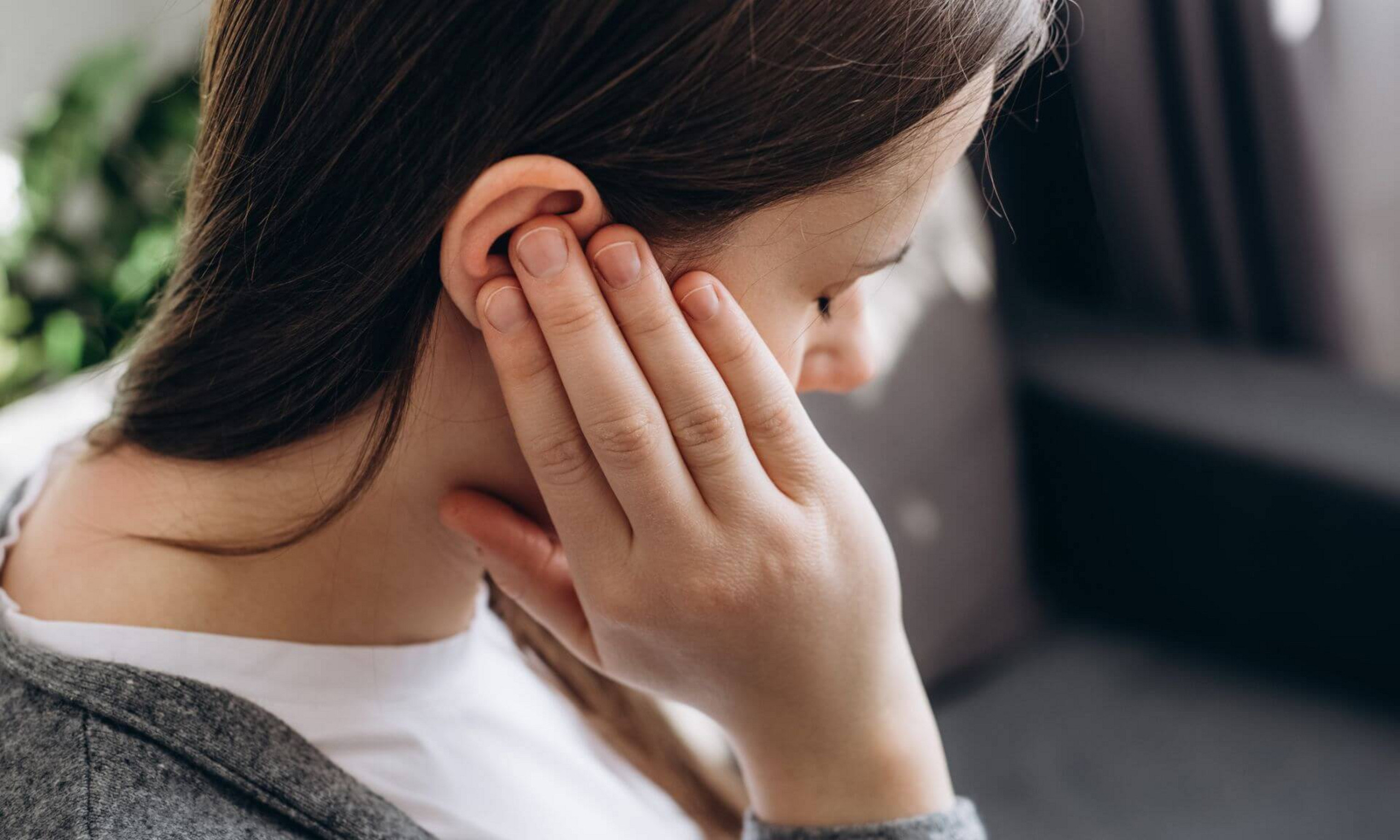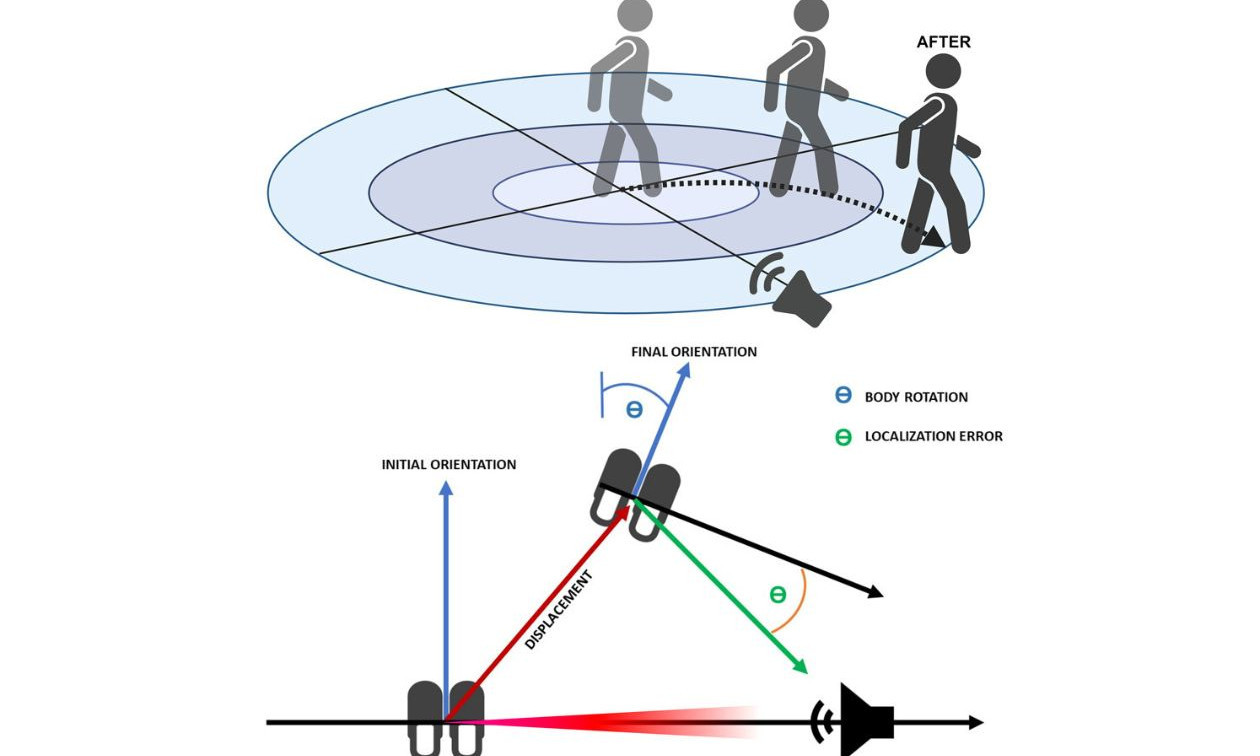Blind spot in testing
In her doctoral thesis, Bigras delved into the characteristics and underlying mechanisms of hyperacusis with the goal of improving clinical assessment. In a new study, she examines loudness discomfort level, a commonly used variable, at very high frequencies—above 8,000 hertz.
“Clinics usually test hearing at frequencies between 250 and 8,000 hertz, as this is the range that is important for speech comprehension,” she explained. “However, we know that some early-onset hearing impairments, such as tinnitus, can first appear at higher frequencies, so standard tests fail to detect them.”
Bigras’s study confirmed that hyperacusis can occur at frequencies above 8,000 Hz, which conventional tests don’t measure. Therefore, testing at higher frequencies could become a new clinical evaluation tool.
'It’s all in your head'
Hyperacusis is more common than you might think. About 15 per cent of people live with some form of the disorder. Of this group, more than 10 per cent report that it frequently or constantly interferes with their daily activities.
This means that more than one in every 100 people is significantly impacted by hyperacusis.
According to Bigras, those affected tend to isolate themselves to avoid noisy environments — and that might make them seem antisocial.
“Unlike hearing loss, which is visible or at least measurable, hyperacusis is difficult to observe and quantify,” she said. “Many patients are told ‘it’s all in your head’ but it’s actually a sensory disorder.”
Bigras hopes to change this perception by developing scientifically validated benchmarks for diagnosing hyperacusis. This would enable early identification and appropriate treatments to improve the quality of life of people living with the disorder.
Desensitizing the brain
There are several approaches to alleviating hyperacusis symptoms, including cognitive behavioural therapy to address the patient’s fear of noise and anxiety about their condition worsening.
Another approach is sound therapy, which retrains the brain’s auditory system to better tolerate sounds. This may involve gradually habituating the patient to environmental sounds of increasing intensity or to continuous low-level white noise generated by a wearable device.
While a medical cause can sometimes be identified and addressed, treating hyperacusis usually requires a multidisciplinary approach combining audiology and psychology.





